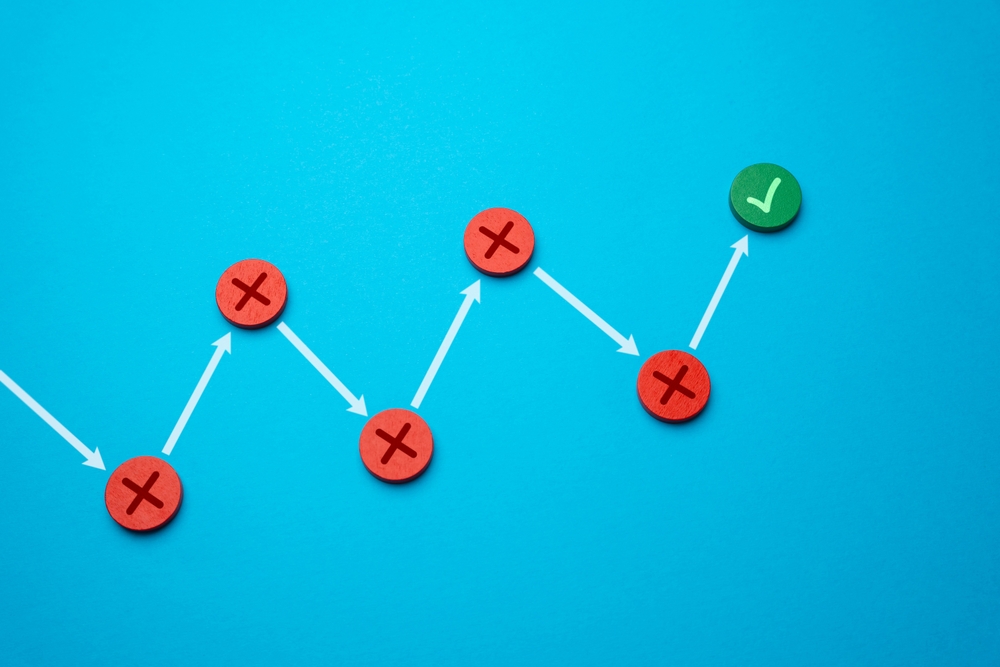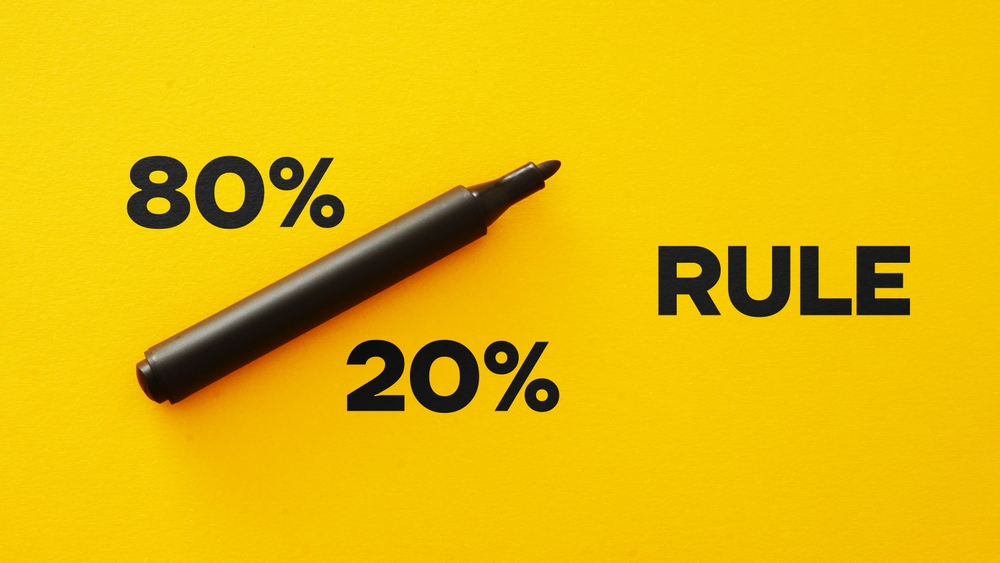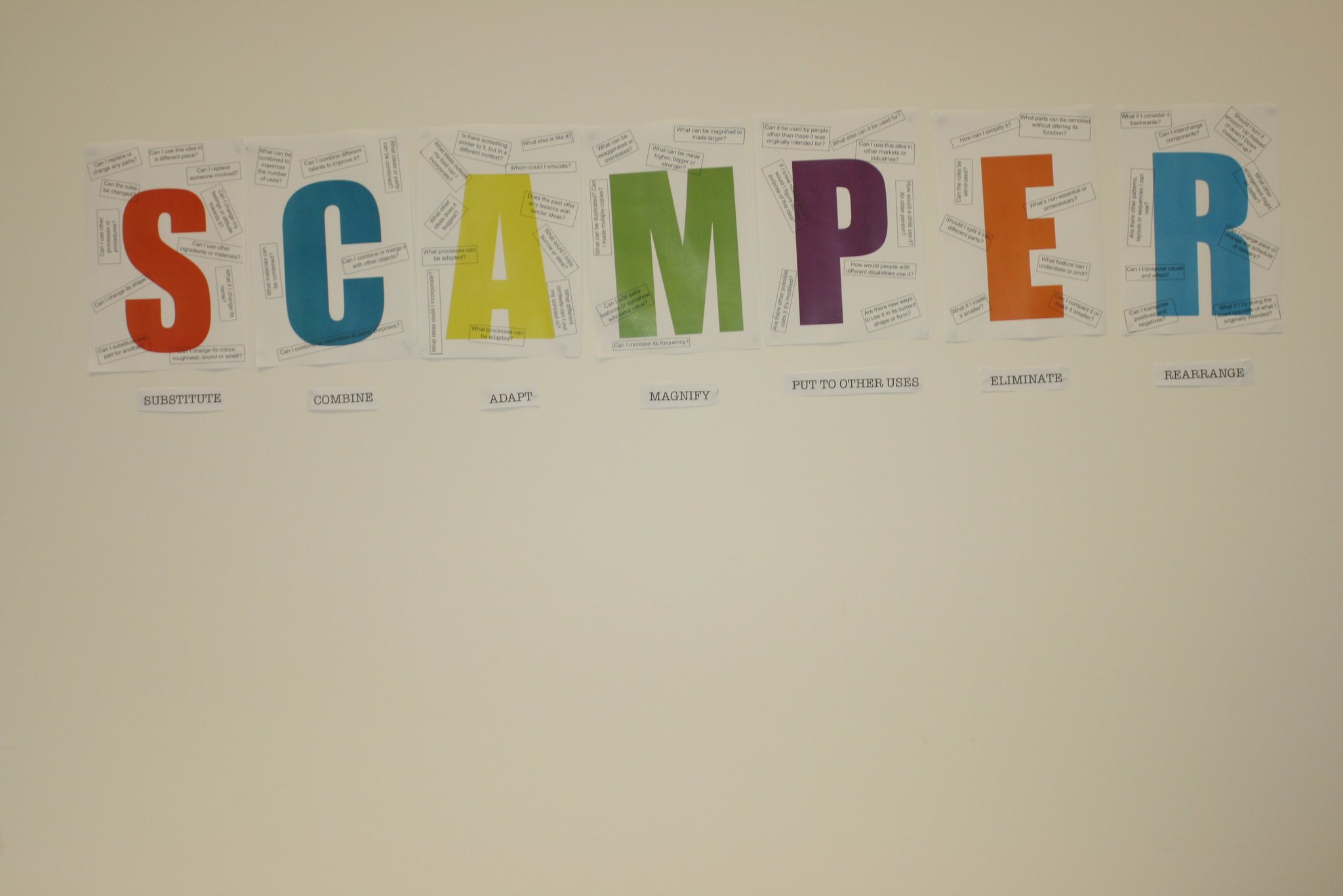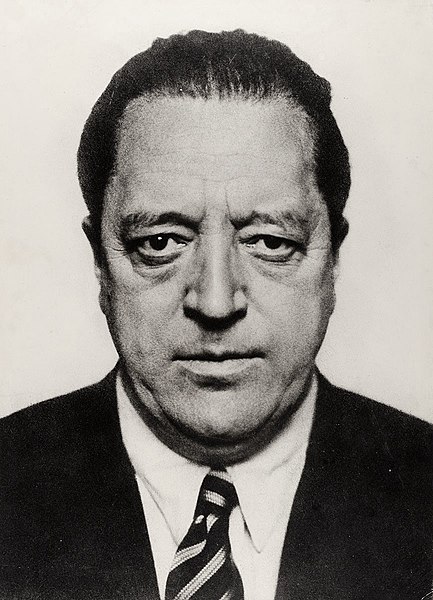Effective problem-solving is a crucial skill in both personal and professional life. With the right techniques, you can approach challenges with confidence and find solutions more efficiently. This article will explore proven methods to enhance your problem-solving abilities. By mastering these strategies, you’ll be better equipped to tackle any issue that comes your way.
Break Down the Problem

Start by dissecting the problem into smaller, manageable parts. This approach makes it easier to understand the issue at hand and reduces feelings of being overwhelmed. By focusing on one aspect at a time, you can systematically address each part and build a clearer path to a solution. This method also helps in identifying the root cause more effectively.
Use the Five Whys Technique

The Five Whys technique involves asking “why” repeatedly to drill down to the core of a problem. Each “why” helps you peel away layers of symptoms and get closer to the fundamental issue. This method encourages deeper thinking and often reveals insights that may not be immediately obvious. It’s a straightforward yet powerful tool for uncovering root causes.
Brainstorming

Brainstorming is a creative technique that involves generating as many ideas as possible without judging them initially. The goal is to foster free thinking and encourage a variety of potential solutions. After compiling a list, you can evaluate each idea’s feasibility and relevance to the problem. This approach often leads to innovative solutions that might not emerge through traditional methods.
Mind Mapping

Mind mapping helps visually organize information and ideas related to a problem. By creating a central concept and branching out into related subtopics, you can better understand the relationships between different elements of the problem. This technique is particularly useful for complex issues that require a structured approach. It also aids in identifying connections that might not be immediately apparent.
Reverse Thinking

Reverse thinking involves approaching a problem by thinking about the opposite of what you want to achieve. By considering what could make the problem worse, you can gain new perspectives on potential solutions. This technique challenges conventional thinking and often uncovers creative approaches. It’s a way to break free from traditional problem-solving methods and explore alternative possibilities.
SWOT Analysis

SWOT analysis is a strategic tool used to identify strengths, weaknesses, opportunities, and threats related to a problem. By evaluating these four areas, you can gain a comprehensive understanding of the situation and develop a balanced approach to solving the problem. This method helps in recognizing potential risks and advantages that may influence the outcome. It’s particularly useful for complex, multifaceted issues.
Trial and Error

Trial and error is a practical approach where you experiment with different solutions to see what works. This method involves testing various strategies, learning from failures, and refining your approach until you find a successful solution. While it can be time-consuming, trial and error is effective in situations where the best solution isn’t immediately clear. It encourages learning through experience and adaptability.
Seek Different Perspectives

Gaining input from others can provide fresh insights and alternative approaches to a problem. Different perspectives can reveal aspects of the problem you may not have considered on your own. Collaborating with others, whether through formal discussion or casual conversation, often leads to more well-rounded solutions. It also helps in avoiding tunnel vision and broadening your understanding of the issue.
Use Data and Evidence

Basing your problem-solving approach on data and evidence ensures that your decisions are grounded in reality. Collecting relevant information helps you make informed choices and reduces the risk of relying on assumptions. This method is particularly important for complex problems where intuition alone may not be sufficient. By analyzing data, you can identify trends, patterns, and root causes that guide you toward a solution.
Set Clear Goals

Defining clear, specific goals helps focus your efforts and provides direction for solving the problem. When you know exactly what you want to achieve, it’s easier to map out the steps needed to get there. Clear goals also help in measuring progress and adjusting your approach as needed. They provide a sense of purpose and motivation throughout the problem-solving process.
Apply the Pareto Principle (80/20 Rule)

The Pareto Principle suggests that 80% of the effects come from 20% of the causes. By identifying and focusing on the critical 20%, you can solve problems more efficiently and effectively. This principle helps prioritize efforts and resources, ensuring that you address the most impactful aspects of a problem first. It’s a powerful tool for maximizing results with minimal effort.
Use the SCAMPER Technique

SCAMPER stands for Substitute, Combine, Adapt, Modify, Put to another use, Eliminate, and Reverse. It’s a creative thinking tool that encourages you to explore different ways to approach a problem by manipulating its elements. This technique helps generate innovative solutions by challenging conventional assumptions. It’s particularly useful for improving existing products, processes, or ideas.
Think Outside the Box

Thinking outside the box involves challenging the usual way of thinking and considering unconventional solutions. This technique encourages creativity and innovation, leading to solutions that may not be immediately obvious. By breaking free from traditional patterns of thought, you can discover new approaches that offer better results. It’s about being open to possibilities that others might overlook.
Use Visualization

Visualization involves imagining different scenarios and outcomes to better understand a problem and potential solutions. By mentally rehearsing different approaches, you can anticipate challenges and refine your strategy before taking action. This technique is particularly useful for complex problems that require careful planning. It helps you see the big picture and the finer details simultaneously.
Collaborate with a Mentor or Coach

Working with a mentor or coach can provide guidance, support, and expertise that enhances your problem-solving skills. A mentor can offer valuable feedback, share experiences, and help you navigate challenges more effectively. This collaborative approach allows you to learn from someone else’s insights and avoid common pitfalls. It’s a way to accelerate your learning and improve your problem-solving capabilities.
Use the Six Thinking Hats Technique

The Six Thinking Hats technique involves looking at a problem from six different perspectives, represented by six colored hats: White (facts), Red (feelings), Black (caution), Yellow (optimism), Green (creativity), and Blue (overview). This method encourages you to consider various aspects of a problem and develop a more balanced, comprehensive solution. By systematically shifting perspectives, you can address different facets of the issue and avoid one-sided thinking. It’s a structured way to ensure that all relevant factors are considered.
Embrace Failure as a Learning Opportunity

Accepting failure as a natural part of the problem-solving process allows you to learn from mistakes and refine your approach. Each failure provides valuable insights that can guide you toward a more effective solution. By viewing failure as feedback rather than a setback, you can maintain a positive attitude and stay motivated. This mindset fosters resilience and continuous improvement in your problem-solving skills.
Keep an Open Mind

Maintaining an open mind allows you to consider a wide range of solutions and ideas, even those that may seem unconventional. This flexibility is crucial in problem-solving, as it prevents you from getting stuck in rigid thinking patterns. By being open to new possibilities, you can discover innovative approaches that might otherwise be overlooked. It’s about staying curious and willing to explore different avenues.
Reflect and Learn from Experience

After solving a problem, take the time to reflect on the process and what you’ve learned. Analyzing what worked well and what didn’t can provide valuable insights for future problem-solving efforts. This reflection helps you build on your strengths and address any weaknesses in your approach. It’s a way to continuously improve your skills and become more effective over time.
This article originally appeared on UnifyCosmos.
More from UnifyCosmos
20 Missteps to Avoid When Setting Career Goals

Are you feeling stuck or frustrated because your career goals seem out of reach? Sometimes, the problem isn’t the goal itself, but the way it’s being pursued. Read More
14 Architects Who Made an Impact in Furniture Design

Furniture design owes much to the innovative minds of talented architects who brought fresh perspectives to the field. These creators used their architectural backgrounds to reimagine functionality, structure, and form in furniture. Read More
20 Majestic Castles and Fairy Tale Villages Across Austria

Austria, nestled in the heart of Europe, is a country known for its stunning Alpine landscapes and rich history. It’s home to some of the most enchanting castles and charming villages that look straight out of a fairy tale. Read More
Leave a Reply